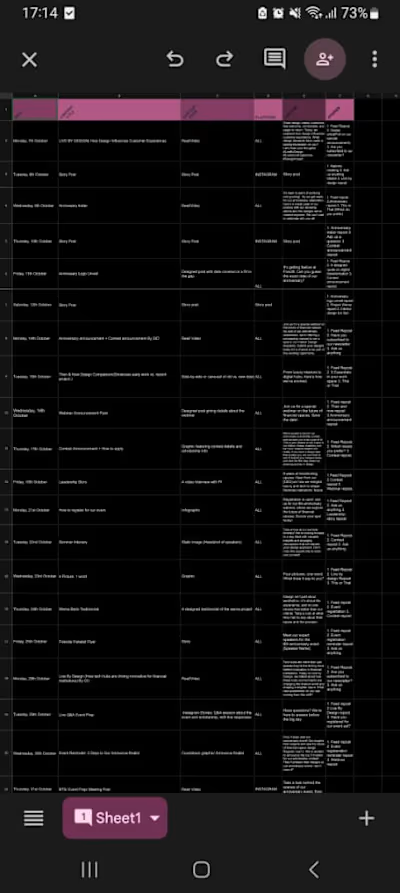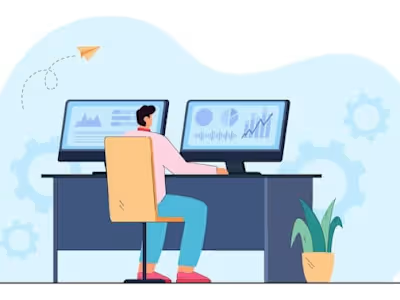Article: Mastering Competitive Differentiation For Brand Success
We’ve all been there.
You create a product or service, and just as you begin to savour the market, the competition swoops in, and even steals the spotlight.
It’s draining, I know. As of today, there are over 18,000 SaaS companies in the U.S. alone!
With new platforms popping up daily, how do you make sure your brand doesn’t just fade into the noise?
The answer: Differentiation. And trust me, it’s not just about offering features; it’s about positioning your brand as something unique that resonates with your audience.
So, if you want your SaaS to be a household name - like Indomie for noodles or Nike for sportswear - you need to create a strong differentiation strategy that cuts through the clutter.
Let’s break this down and take a look at how successful brands have done it, with some real-world examples.
Why Differentiation is Essential
SaaS products no longer novel. Whether you’re in project management, customer support, or payment or marketing automation, there’s probably a competitor who offers something similar.
So, how do you make sure that when people are looking for solutions, your SaaS is the one they choose? By standing out in a way that no one else is.
Think of it like this: Indomie could have been just another noodle brand, but instead, it became the noodle that people reach for when they’re looking for something quick, homely, and comforting.
When you miss home, and your mum especially, Indomie kind of makes her feel closer to you.
So, how do you do that for your SaaS product?
I’ll walk through three brands that killed their market differentiation.
Case Studies: Differentiation Done Right
1. Indomie: The King of Instant Noodles
Indomie is a perfect example of brand differentiation that sticks with customers.
What sets Indomie apart in a saturated market? It’s not just the taste or the price. It’s the emotional connection the brand has built with its audience.
While there are plenty of other noodle brands on the shelves, Indomie has positioned itself as the go-to comfort food. It’s so serious that some people (I, for example), cannot eat any other noodle that is not Indomie.
From busy students looking for a quick meal to families seeking a budget-friendly dinner, Indomie is everywhere, and it’s become synonymous with ease, reliability, and comfort.
But here’s the twist: Indomie doesn’t just sell noodles, they’ve made their brand part of the Nigerian lifestyle.
From clever advertising campaigns to showing their noodles being enjoyed in family homes or by students studying, they’ve created an emotional tie to the product.
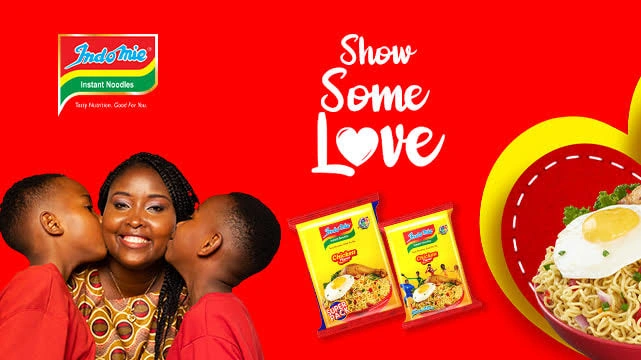
Indomie's 'Love like no other' Campaign
People don’t just buy Indomie because it’s fast, they buy it because it’s part of their daily routine.
What can SaaS companies learn from Indomie? Create an emotional connection with your audience.
Understand what your product represents in their lives, not just how it works.
2. Mercedes-Benz: Desire That Speaks for Itself
When you think of desirable cars, Mercedes-Benz is one name that likely comes to mind. And for a good reason.
In a world full of car manufacturers, Mercedes-Benz has solidified itself as the symbol of luxury and high performance.
What sets Mercedes-Benz apart is how they’ve consistently positioned their brand as the epitome of status and success.
While many car brands may boast features like great fuel economy or cutting-edge technology, Mercedes focuses on creating an experience.
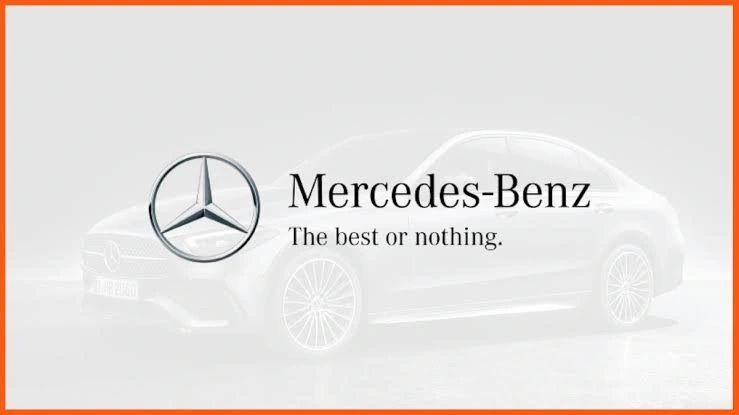
Whether you’re behind the wheel of an S-Class or cruising in a G-Wagon, driving a Mercedes is a statement , it’s not just a car; it’s a symbol of wealth, sophistication, and achievement.
Mercedes didn’t differentiate by simply building a better car. They differentiated by creating a premium lifestyle.
The brand isn’t just for people who need a car; it’s for those who want to feel like they’re living at the top of their game.
They’ve made their products something people aspire to own, not just a necessity.
For SaaS businesses, this means creating a premium experience around your product.
Don’t just focus on features: build a reputation around quality, service, and the experience your product delivers.
Whether it’s top-notch customer support, a sleek interface, or an intuitive user experience, make your SaaS feel premium.
3. Nike: Just Do It
Then there’s Nike. Talk about a brand that’s created an identity.
It’s not just about shoes or sportswear, it speaks heavily to motivation, strength, and the pursuit of greatness.
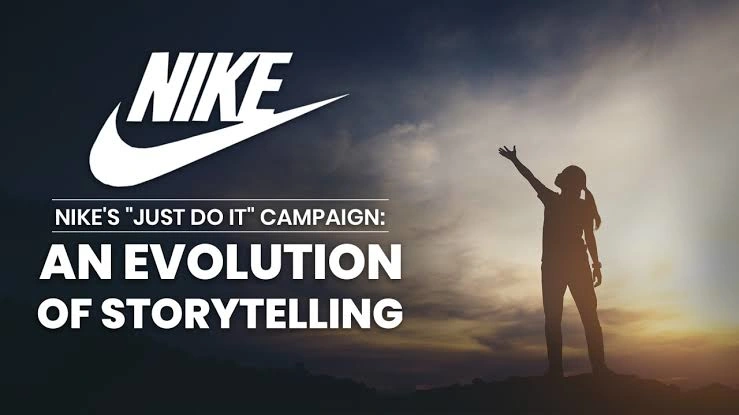
Nike’s slogan, “Just Do It,” has become a call to action for anyone striving for personal or athletic achievement.
Nike didn’t differentiate by just making a better shoe. Instead, they created a brand that embodied the spirit of determination and athleticism. Nike’s products, from running shoes to workout gear, carry a sense of empowerment and resilience.
What makes Nike so powerful is how they’ve crafted a brand story. They didn’t just sell products; they sold a lifestyle.
With athletes like Michael Jordan, Serena Williams, and LeBron James endorsing their products, Nike’s brand is synonymous with high performance, dedication, and greatness.
People don’t just wear Nike because it’s comfortable, they wear it because it makes them feel like they’re a part of something bigger.
For SaaS, Nike’s approach teaches us to create a brand identity that people can rally behind.
Think about what your product represents beyond just functionality. Does it empower users?
Does it make them feel like they’re joining a movement? If so, you’re doing something right.
How to Differentiate Your SaaS Product
So, what does all this mean for your SaaS? Let’s break down how to apply these lessons to your own business and make your brand stand out.
1. Find Your Unique Selling Proposition (USP)
Every brand has a unique value that it offers its customers. For Indomie, it’s comfort and reliability; for Mercedes-Benz, it’s luxury and status; for Nike, it’s empowerment and performance.
What’s yours?
Don’t try to be everything to everyone. Find that one thing that sets you apart and own it.
Whether it’s customer service, a unique feature, or the problem you solve, your USP should make people think, “I need this in my life.”
2. Make Your Brand a Lifestyle Choice
Nike didn’t just sell shoes, they sold a mindset. People want to feel part of something.
Your SaaS should feel like more than just a tool — it should be something people can identify with.
Does your product help people achieve their goals? Does it simplify their lives?
You can create content that reflects the lifestyle your SaaS supports. For instance, if your SaaS tool is about productivity, show how it helps people crush their goals. Let them feel like they’re part of something bigger, just like Nike did with athletes.
3. Tell a Story
People remember stories far longer than they remember features. Just like Mercedes-Benz built their reputation on luxury and status, your SaaS should have a story. Why did you create this product? What problem are you solving?
Your brand story should resonate with your audience. Share how your product has made a difference in people’s lives or how it’s helping them achieve their dreams. Make it relatable.
4. Be Consistent Across All Touchpoints
Consistency is key. Indomie doesn’t suddenly sell pizza, and Nike isn’t selling yoga mats (well, at least not yet!).
Your messaging, tone, and branding need to stay consistent across everything you do.
From your website copy to your customer support to your social media posts, ensure you’re always reinforcing your brand’s core message.
Consistency builds trust, and trust is what leads to customer loyalty.
To Sum It All Up: Differentiate or Die
Okay, now you have the blueprint. Time to start working on your differentiation strategy.
Look at Indomie, Mercedes-Benz, and Nike - they all carved out their own identities, created deep emotional connections with their audiences, and became brands that people love and trust.
So, as you move forward, think about what makes your SaaS unique and how you can communicate that to your customers.
Don’t just sell a product, sell a feeling, a lifestyle, a solution. When you do that, you’ll make your brand unforgettable.
By now, you should have a clearer idea of how differentiation works and how you can implement it in your SaaS.
Focus on what makes you special, tell your story, and above all, connect with your audience emotionally.
Differentiation isn’t just a marketing strategy, it’s what turns your product into a must-have.
Whether you go with a broad or focused strategy, find your unique edge and shout it from the rooftops.
By making your differentiation strategy a central part of your SaaS growth plan, you’ll ensure that your business stands out, even in a crowded market.
Get started now and see how powerful it can be to differentiate yourself from the competition!
Like this project
Posted Dec 16, 2024
In this article, I share practical steps to enable Saas brands standout in a hyper-crowded marketplace.
Likes
0
Views
5




